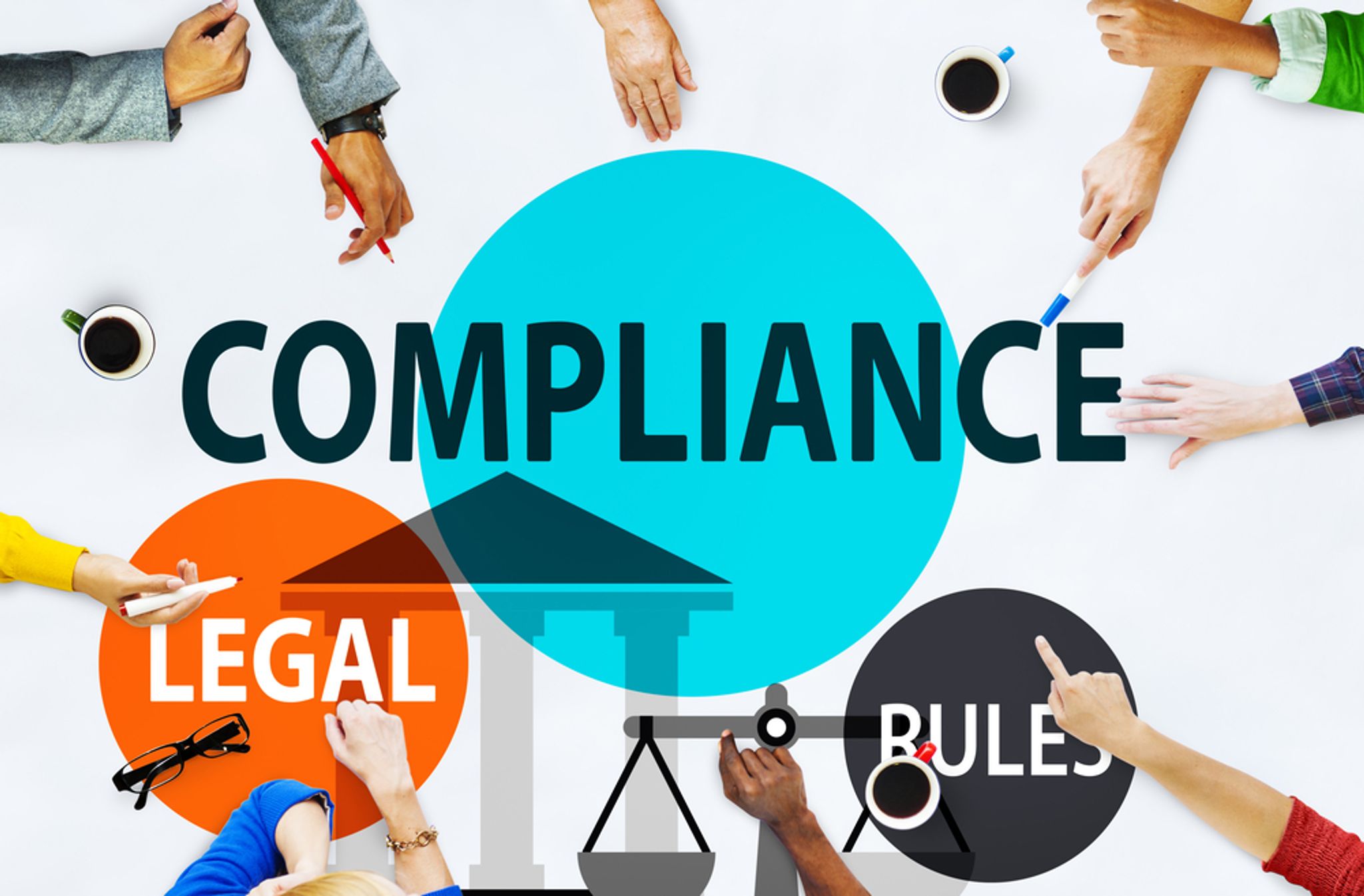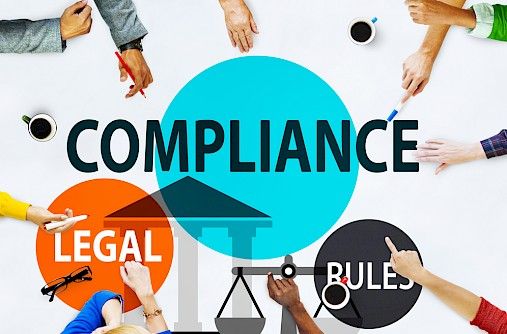4 Ways a Document Management System Simplifies Compliance

A truly good Document Management System will do more than just manage files and media assets. It will also play an active role in the regulatory system that's engrained into most office workflows.
Here's how a strong DMS achieves that.

1. It Unifies Authorities’ and Organizations’ Compliance Objectives
Since the beginning of the millennium, compliance and regulatory requirements have become a particularly difficult territory to navigate, especially in relation to the public use of the Internet, the mobile means of accessing the Internet, and the increasing specificity of compliance standards by industry.
As illustrated throughout this post, many document management system features, when considered in tandem with the laws relevant to industries that can benefit the most from use of this technology, share a symbiotic relationship—one where DMS upholds, simplifies, and ensures compliance inasmuch as the law is written to accommodate the proliferation of the document management system and similar enterprise technologies.
In analyzing this relationship, it becomes clear that various authorities overseeing an array of industries are advocates of document management system use because it generally simplifies, ensures the accuracy of, and expedites compliance processes. However, merely scanning and uploading content to a document management system will not always ensure compliance; sometimes it requires adaptation from either the DMS vendor or the organization using DMS itself.
2. It Automates Effective Content Retention & Deletion Schedules
For content and other files needing retention schedules a decade in length or longer to ensure compliance, DMS becomes particularly imperative—especially for organizations worried that storing documents physically (in filing cabinets and folders) will result in damage and spotting to the documents over time, which is usually the case for document management in the legal industry.
For these organizations and content requiring lengthy document retention schedules, compliance becomes mission-critical yet is stymied without a document management system, because the risk of losing these mission-critical documents increases significantly, as does the time spent retrieving them. The individuals who store them are more likely to forget where they have been placed over time without using DMS, no matter how logical or coherent the traditional data and information storage system may be, especially since most file structures let their users name files in an arbitrary manner.
Given the increasing amount of legislation in many industries throughout 2016, including the increase in the rate of data breaches in organizations not using DMS within the past several years, DMS becomes the means by which increasing legislative demands can be met with poise, ease, and confidence.
3. The Document Management System Prevents Data Breaches Worldwide
Internal data breaches (ones conducted by employees who work for the organization) are becoming increasingly common, and now account for more than half of all data breaches.
Therefore, in order to ensure maximal use of DMS’s security features on an internal basis, it is important to remember (because many organizations forget) to apply appropriate user permissions within an DMS to ensure information security, as external auditors can penalize companies for merely letting certain employees within an organization view specific documents and content—especially if these documents and content contain sensitive client or customer information.
Using a document management system client portal that transcends the breach-susceptible aspects of email via bank-grade, SSL encryption is usually the safest bet for file sharing.
4. Document Management System Metadata Simplifies and Expedites Compliance
Although metadata mostly pertains to content retrieving and content search-ability within a document management system, it has another application of legal relevance: classifying data for legal purposes in audits and making the data retrievable by those who are responsible for conducting audits—whether on an internal or external basis.
In order to classify and metatag files compliantly, the metatags must be traceable and contain accurate depicters of the content. Otherwise, an auditor may view incommensurate meta-tagging as an attempt to circumvent e-discovery associated with the auditing process.
Carl Wise of the Association for Information and Image Management (AIIM) elaborates on the issue:
“Your content will be a stand-in for information regarding important transactions and internal processes from the auditors’ perspective.
So the metadata included in the taxonomical classification of your information should include the people involved in the activity or transaction, the nature of the activity or transaction itself, the outcome of the activity or transaction, and reference to any other important, and or related records.”
Visit eFileCabinet’s website to learn more about its document management system.